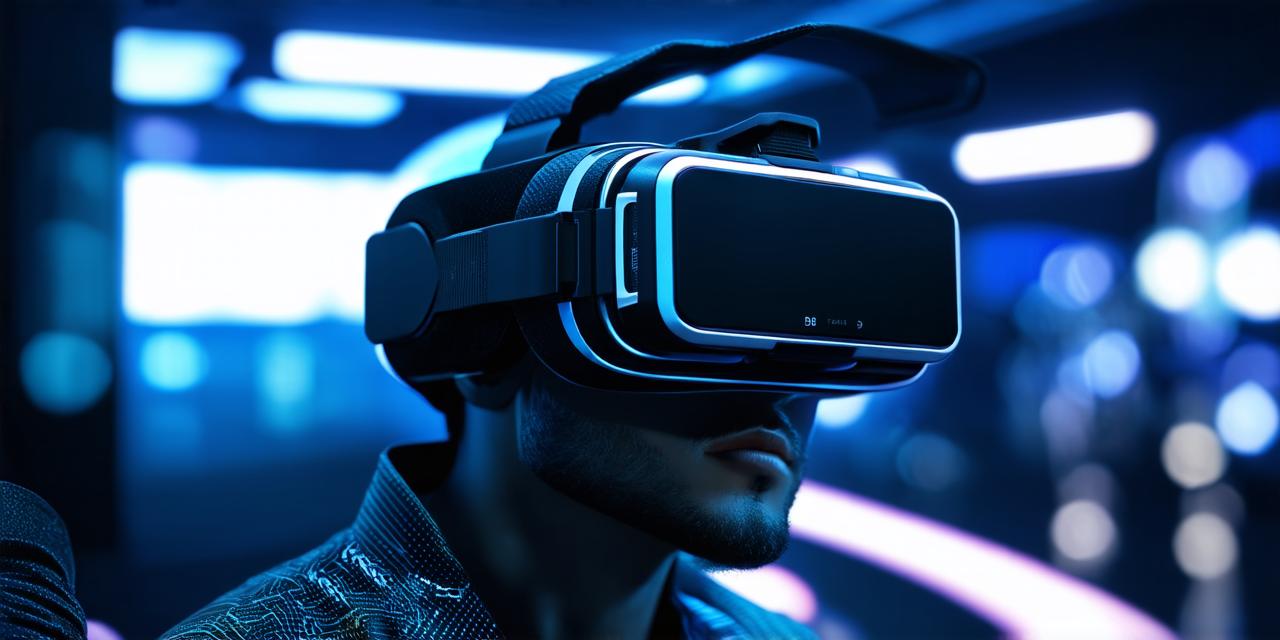Virtual reality (VR) technology has come a long way since its inception, and it’s now used in various industries such as gaming, healthcare, education, and more. The immersive experience offered by VR can be incredibly powerful and engaging, making it an attractive option for businesses looking to improve their products or services.
1. Improved customer engagement
Virtual reality allows customers to experience products or services in a more interactive way, which can lead to increased engagement and better understanding of what you’re offering. For example, real estate companies can use VR to give potential buyers a virtual tour of properties, allowing them to see the space as if they were actually there.
1. Increased product visualization
Virtual reality technology can be used to create incredibly realistic 3D models of products, making it easy for businesses to visualize their products in use. This can help companies identify potential design flaws or areas where improvements can be made before the product is launched.
1. Enhanced employee training
Virtual reality technology can be used to create simulations that allow employees to practice their skills in a safe and controlled environment. This can reduce the risk of accidents or mistakes, making training more effective and efficient.
1. Increased accessibility
Virtual reality technology can be used to make products or services accessible to people who may not have been able to experience them otherwise. For example, individuals with disabilities such as visual impairments can use VR headsets to explore virtual environments, while people in remote locations can use VR to attend virtual events or meetings.
1. Reduced costs
Virtual reality technology can help businesses save money by reducing the need for physical prototypes or testing facilities. For example, a company that designs packaging can use VR to see how different types of packaging would look on a product, eliminating the need for physical samples.
1. Increased creativity

Virtual reality technology can be incredibly creative and stimulating, allowing businesses to explore new ideas and concepts that they may not have considered otherwise. For example, architects can use VR to create 3D models of buildings and explore different design options, while game designers can use VR to create immersive and interactive games.
1. Improved product development
Virtual reality technology can be used to improve the product development process by allowing businesses to test and iterate on designs in a more efficient and cost-effective way. For example, fashion designers can use VR to see how different fabrics and patterns would look on a virtual model, eliminating the need for physical samples.
1. Increased collaboration
Virtual reality technology can be used to facilitate collaboration between teams working on a project or product. For example, remote teams can use VR to communicate in real-time and work together on projects, even if they are located in different parts of the world.
1. Reduced risk
Virtual reality technology can be used to reduce the risk associated with certain tasks or activities, making them safer and more efficient. For example, construction workers can use VR simulations to practice building techniques and identify potential safety hazards before beginning a project, reducing the risk of accidents and injuries.
1. Improved marketing
Virtual reality technology can be used to create immersive and engaging marketing experiences that are more likely to capture customers’ attention.
